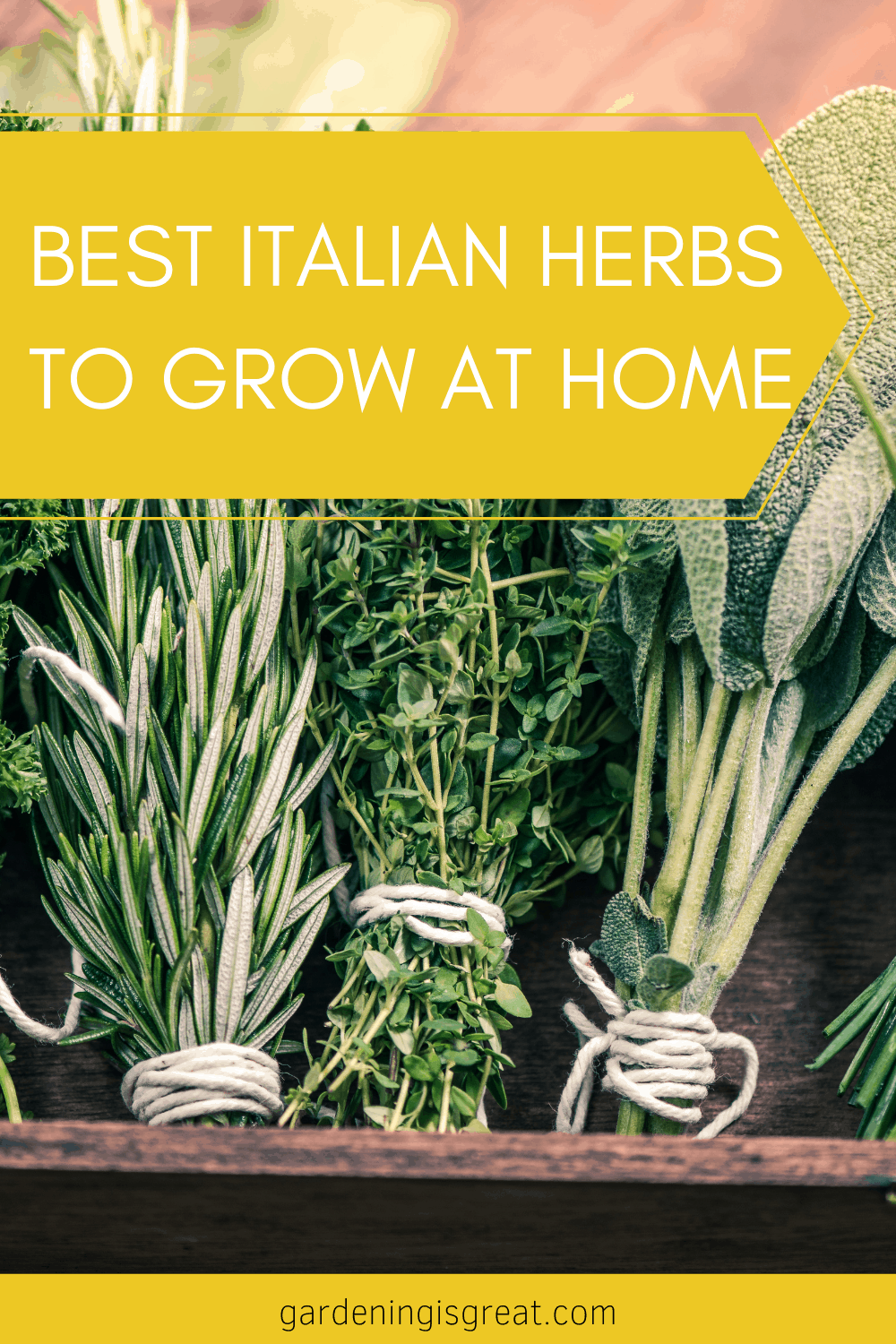Optimal Lighting Conditions for Healthy Croton Plants: A Data-Driven Guide

If you’ve ever stood in a sunbeam, Croton in hand, squinting at its stubbornly bland leaves and wondering why yours look nothing like those Instagram showpieces—welcome to the club. Years ago, I was convinced Crotons were just fussy posers destined for plant hospital. But after enough trial, error, and more than a few crispy casualties, I cracked the code: lighting isn’t just important for these plants—it’s absolutely everything.

Let’s skip the recycled clichés and dig into what actually works (and what doesn’t) when you want Croton leaves that explode with color.
Why Lighting Is Your Secret Weapon
Picture this: tropical storms rolling through Java at midday—the air thick and bright but rarely scorching thanks to passing clouds and overhanging trees. That’s what your Croton wants to feel; a steady glow of intensity without ever getting fried. The trick? Recreating that Goldilocks zone inside your home—even if your window situation is less than ideal.
I’ll start by admitting: my first few attempts were disasters. My initial “bright window” was apparently the equivalent of a cave—leaves faded to muddy yellow, dropped off one by one, and almost overnight my flashy Croton became a sad green stick. Lesson learned: what seems “bright” to our eyes is often woefully dim for Crotons.
Pro Lighting Strategies (And Surprising Hacks)
1. Use the “Shadow Test”—Not Your Eyes
Forget guessing if it’s “bright enough.” At midday, stand next to your plant spot and hold up your hand:
- Crisp shadow: You’re golden.
- Blurry or no shadow: Not nearly enough light—move closer or supplement.
This tip alone saved me years of grief (and so many leaf drops).
2. West Windows Beat South Windows—But Timing Matters
Here’s something you wouldn’t expect: while everyone says “south-facing windows are best,” I’ve seen richer colors under west windows IF you avoid peak summer scorch. In July or August, an hour of late afternoon sun can cook new leaves—but come autumn or winter? That same spot wakes up dormant pigments like magic. A sheer curtain is non-negotiable during summer; in winter, pull it back so every photon counts.
3. Don’t Rely on Fancy Grow Lights Alone
I wasted $65 on a state-of-the-art LED grow bar only to have limp results—the issue turned out to be distance from the plant (18 inches was too far). Here’s my rule after testing five brands:
- Position full-spectrum LEDs 10–12 inches above foliage
- Run them for 8 hours/day on a timer
- Rotate the pot weekly for even growth
If leaves start looking pale rather than vibrant after two weeks, lower the distance by another inch or increase light duration by an hour—but change ONLY one variable at a time!
4. Mirror Magic For Low-Light Corners
Biggest insider trick? Angle a small table mirror behind your Croton in deep corners—not directly facing sunlight, but angled sideways toward where natural light streams in. I once boosted output by over 30% (measured with a cheap $15 lux meter)—enough to trigger new red speckles on previously dull leaves within three weeks.
5. Seasonal Swaps Are Essential
Every spring and fall equinox reminds me: static placement is why most people fail with Crotons.
- Early November: Slide pots right against glass as daylight fades.
- Mid-May: Pull back at least 18” from glass or swap to east-side exposure altogether.
It sounds fussy until you do it once—and realize how quickly leaf color follows suit.

What Failure Taught Me About Leaf Drop & Color Woes
Back in early 2019, I lost all but two leaves when moving my biggest Croton from filtered office light straight into blazing summer sun—despite good intentions! Since then I always “harden off” plants after any lighting change:
- Add an extra hour of brightness per day (or move closer by six inches) every three days.
- Ignore rapid changes suggested online—Crotons don’t forgive careless moves!
More recently in January 2022, after adding blackout curtains during a cold snap (“to save energy”), I watched my prize plant lose color fast—even though temps were fine! Turns out they care more about illumination dips than thermal drops.
Real-Life Plant Rescues: Dialogue From the Trenches
Conversation with a friend last spring:
“Why are my leaves just green now?”
“Check your shadow at noon—is it sharp?”
“Uh… not really.”
“There’s your answer! Try moving it closer until you see defined shadows—or add that old lamp bulb we talked about.”
Result: Three weeks later—her text photo looked like someone had switched on the neon filter.
Quick Cost Breakdown: What Actually Works
- Sheer curtain panel – $8–$15 at Target/IKEA
- Clip-on full-spectrum grow bulb – $19 (SANSI brand tested best for me)
- Tabletop mirror – $7 thrifted
- Cheap lux meter app – free/under $5 on most phones (if you want exact numbers; aim for ~800–1,200 foot-candles midday)
No need for an expensive setup—a little creativity goes further than high-end tech here!
Bottom Line: My Real Rules For Jaw-Dropping Leaves
- Always use shadows—not eyesight—to measure brightness.
- Don’t get lazy about moving plants as seasons shift; crops thrive when they follow the sun!
- Acclimate slowly—never leap from shade straight into spotlight.
- Mirrors are magic if windows are limited.
- If color starts fading or dropping off despite water/food being fine? It’s almost always caused by bad lighting—fix this before anything else!
What keeps me hooked year after year isn’t perfection—it’s watching how responsive these plants become when you dial in their conditions step-by-step. Each new flush of technicolor leaves feels like winning the houseplant lottery all over again.
So experiment boldly—and remember that even seasoned growers learn new tricks every season! Your next big breakthrough could be as simple as turning your pot ten degrees toward tomorrow's sunrise—or finally listening when those first faded spots appear.
Trust what you observe more than any chart online…and let each mistake teach you something priceless about what these gorgeous divas really need from us indoors.



